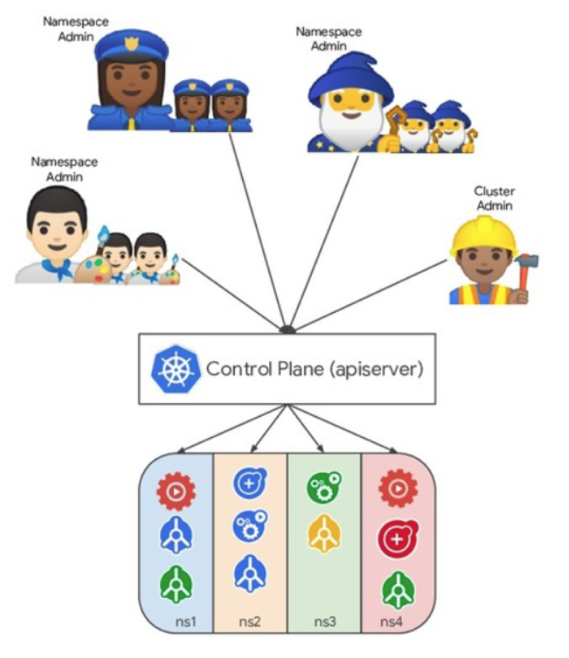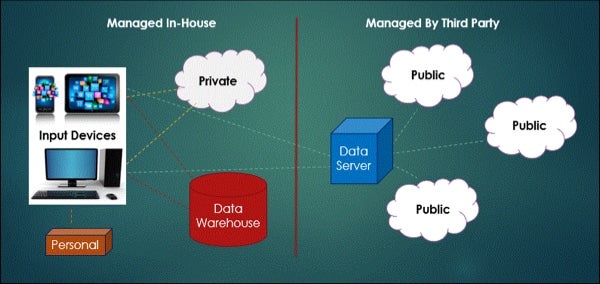Multi-instance multi-tenancy on Kubernetes. This page explains cluster multi-tenancy on Google Kubernetes Engine GKE.
 Practices Of Kubernetes Multi Tenant Clusters Alibaba Cloud Community
Practices Of Kubernetes Multi Tenant Clusters Alibaba Cloud Community
Kubernetes Working Group for Multi-Tenancy.

Kubernetes multi tenancy. However while Kubernetes is extremely powerful it also raises new security concerns that traditional approaches and tools cannot solve. This defines who can do what on the Kubernetes API. It is the opposite of single-tenancy where only one user uses a whole Kubernetes cluster.
Checkout this blog post to learn more. Multi-tenancy Kubernetes strategy. Multi-instance multi-tenancy on Kubernetes.
This is a working place for multi-tenancy related proposals and prototypes. While it is projected that production projects using Kubernetes will rise 61 in the next two years nearly all organizations 94 run into challenges. This includes clusters shared by different users at a single organization and.
Running more applications on the same shared infrastructure means better utilization of resources and a reduction in overall operating costs. There are different types of multi-tenancy ranging from soft multi-tenancy to hard multi-tenancy. Delivering an application as-a-service by creating separate instance per tenant is becoming common with containers and Kubernetes.
In Kubernetes we refer to this as multi-tenancy or the dream of being able to isolate tenants of a cluster. Thats what makes Kubernetes multi-tenancy important. Kubernetes supports labels taints and tolerations as a means to recognize the need to direct resources explicitly either to preserve expensive or scarce features on servers or to ensure that key.
Most enterprises want a multi-tenancy platform to run their cloud-native applications because it helps manage resources costs and operational efficiency and control cloud waste. Designing a Multitenancy Kubernetes Strategy that Fits Your Organization - The New Stack - Flipboard. Multi-tenancy in Kubernetes means that a cluster and its control plane are shared by multiple users workloads or applications.
Multi-instance Multi-tenancy on Kubernetes. This model has been the default choice for most enterprises couple of years ago as multi-tenancy in Kubernetes wasnt yet a mature concept and a dedicated cluster provided enterprises with what so called isolation for free as they didnt have to worry much about the internals of Kubernetes when it comes to tenancy. Multi-tenancy is a common architecture for organizations that have multiple applications running in the same environment or where different teams like developers and IT Ops share the same Kubernetes environment.
It is becoming an important topic as more organizations use Kubernetes on a larger scale. Namespaces may not provide workload or user isolation but it does provide RBAC Role-based Access Control. Kubernetes is the de facto standard in container orchestration and is used by organizations large and small to manage container workloads.
Kubernetes is the leading open source platform for managing containerized workloads and services. Posted by just now. Namespaces are the fundamental element of multi-tenancy.
To view most of these Google docs you need to be a member of the kubernetes-wg-multitenancy Google group. Multi-tenancy is a software architecture in which a software is used by multiple users or tenants. What is Multi Tenancy in Kubernetes.
Most of the Kubernetes object belongs to a particular namespace which virtually isolates them from one another. Hard multi-tenancy for a variety of reasons is not yet widely used in production. It can be accomplished by either creating a separate instance of the application for each tenant or designing the application in such a way that a single instance can.
The models for multi-tenancy have been discussed at length in the communitys multi-tenancy working group. This repo contains the following projects. Multi-tenant Kubernetes is a Kubernetes deployment where multiple applications or workloads run side-by-side.
To join our biweekly meetings Slack mailing list please visit our community page. Thenewstackio - While it is projected that production projects using Kubernetes will rise 61 in the next two years nearly all organizations 94 run into. Essentially what it boils down to is the security boundaries and making sure that tenants dont step on each.
Kubernetes multi-tenancy is the ability to run workloads belonging to different entities in such a way that each entitys workloads are segregated from the others. 1 day ago 2 min read.

